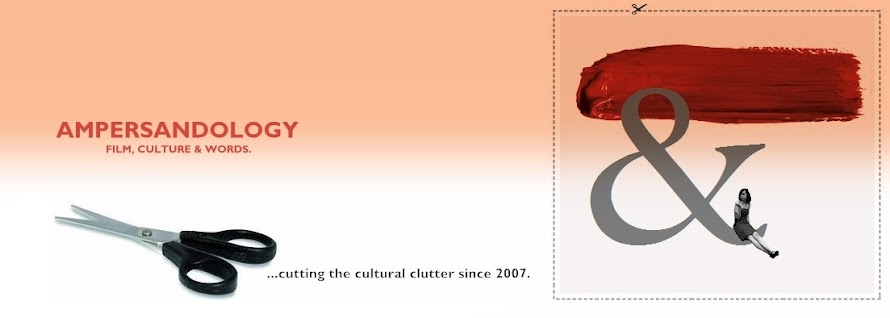An interesting Q&A with Elaine Showalter, author of A Jury of Her Peers: American Women Writers From Anne Bradstreet to Annie Proulx (published with Knopf). The book is a chronicle of women writers starting waaaaaay back in Colonial America, right up until Gertrude Stein and beyond (who, hilariously enough, she finds overrated. HA!). The whole thing is worth reading, but one slice in particular caught my imagination. The most interesting bit I've excerpted here (emphasis mine):
Q. What is distinctly American in this tradition [of women's writings]?From the beginning, women writers were interested in the interactions of race and culture — romance with Native Americans, abolition, and slavery. And more than male writers, they engaged with those issues in terms of their everyday lives: What did it mean — for domestic life, for children, for relationships — to live at the juncture of cultures?There's also a real difference from the British literary tradition that I wrote about some time ago. There, the women writers had servants or some kind of household help. In the United States, women did the housework, or at least they were expected to know how it should be done. That gets transformed into questions about how the house imprisons women. And you get complaints. American women hated housework.
I imagine that, given that many of the concerns articulated in these novels would eventually drip down to be relegated to the proud, if limping banner of Harlequin romances (or worse-- chick lit), this little observation becomes downright fascinating. Making an affair with a Native into a profound social commentary on cultural interactions in the New World is one of those unflaggingly academic habits which I use pretty much everyday. FOR FUNSIES! Observe.
EXHIBIT A:
Ah, is that the musical stylings of Franz Ferdinand I hear? Or is the echo of the mod sounds of the long ago 1960s, richly informed with the gentle irony and hispter chic of the Millenniasl? This ego-pop retro feel is boldly evocative of a post-war German aesthetic to transform into a modern day fairy tale about the myriad tangles of living in a postmodern world. See also: Kapranos, Alex; dreamboat.
EXHIBIT B:
Gossip Girl is not simply a trashy show with story lines that threaten plausibility and devalue mature reactions to what are essentially adolescent situations. It's a stirring re-imagining of the drawing room morality tales of Edith Wharton, touching on the same eternal concerns that have always plagued the rich, the beautiful and the young. Can I marry for love? Will money truly grant me happiness? And now that leggings are back in, can I pull them off without everyone thinking I'm just being trendy?
EXHIBIT C:
Much more than a simple dance fable, Footloose proves a poignant coming of age tale that draws on a classically structured hero myth as well as Biblical allusions to revive the importance of self-expression (in this case, through dance). To watch Ren's final plea to the Town Council is to see a young man's conviction to boogie solidifying into a moral center, with the growing acceptance that life is rarely as finite as the dance floor.
What does this mean? Maybe "specialized generalizations" (TM me 2009!) like these are best only if they're entertaining. But let's not think about that. Instead, in the honor of our subject, let's watch Paul Rudd and Seth Rogen read aloud to us from some choice Harlequin passages:
Skip to 3:54 for the good stuff. Oh, Paul Rudd. Where did you come from, and are there more of your kind there?

No comments:
Post a Comment